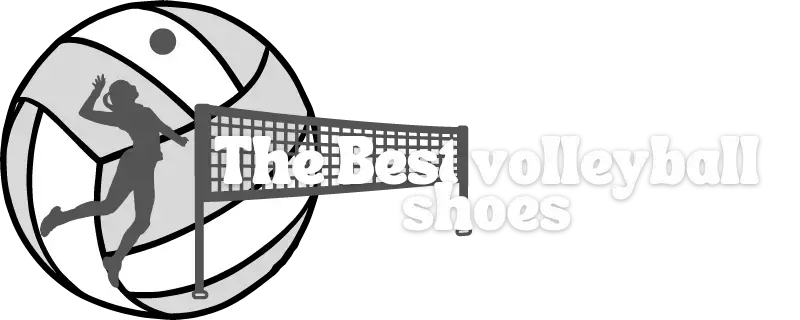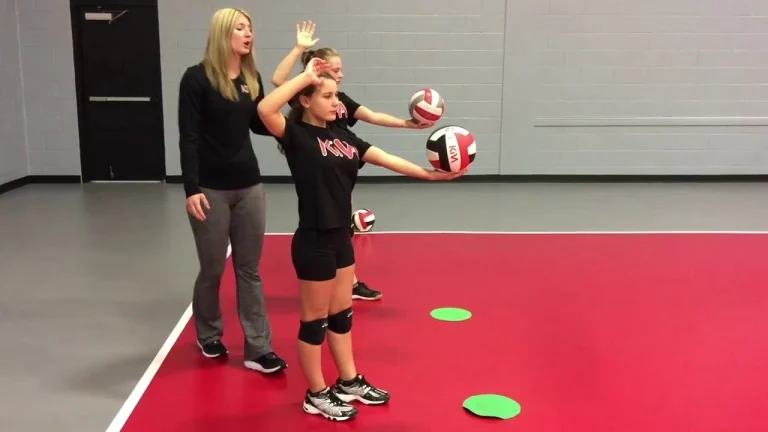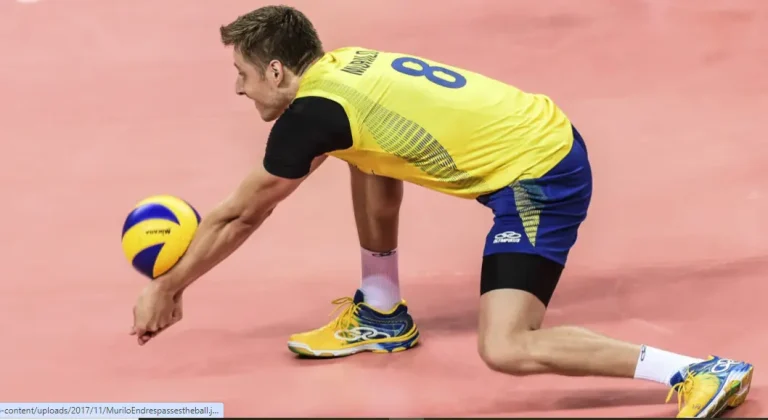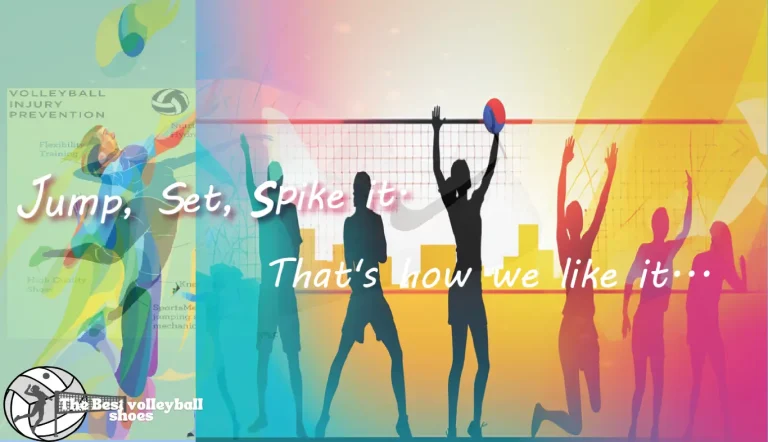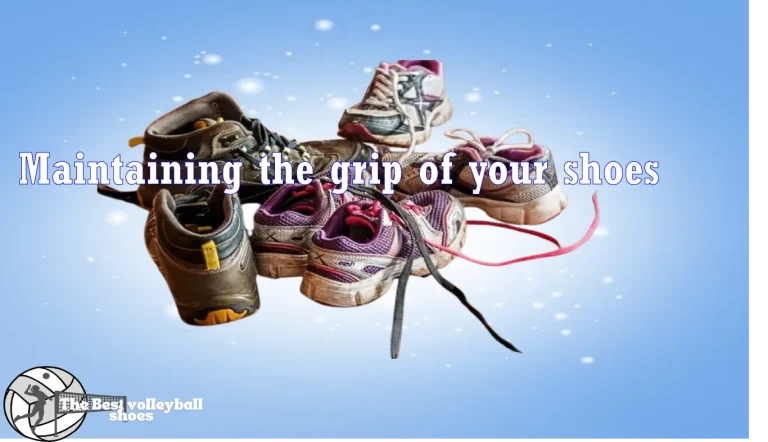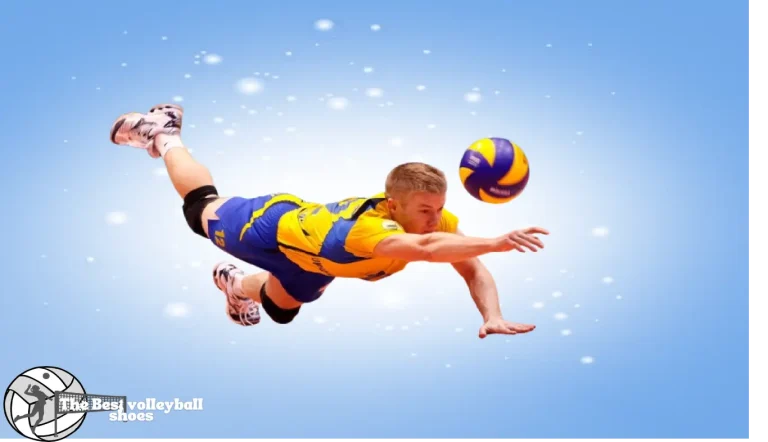Defensive and Offensive Volleyball Strategies: Passing, Communication & Warm-Ups
In volleyball, using the right Volleyball Strategies can make or break a game. Teams need both defensive and offensive strategies to stay competitive. Defense helps stop the other team from scoring, while offense sets your team up to score points. This guide breaks down both strategies so anyone can follow along, whether you’re a beginner or an experienced player.
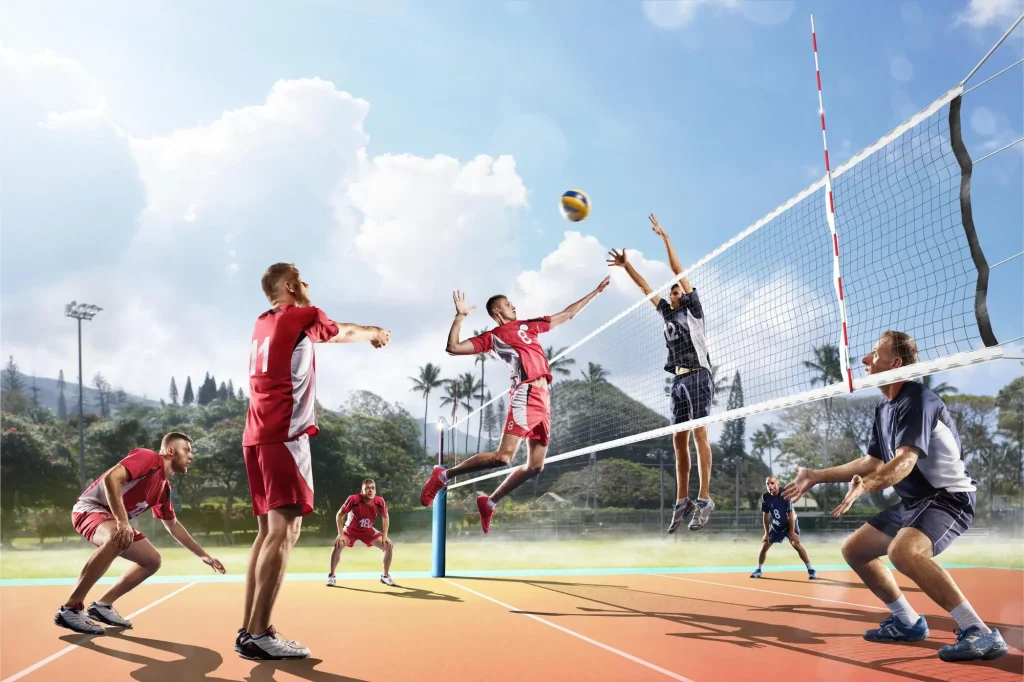
Best Volleyball Defensive Strategies
A strong defense is key to keeping the ball off the ground. Here are some basic defensive strategies:
Positioning: Always be ready and stay low. This gives you the balance and speed to dive for the ball or move quickly to block a shot.
Blocking: Get close to the net, jump high, and spread your hands wide. This makes it harder for the other team to spike the ball past you.
Digging: This is the skill of saving hard-hit balls. Keep your hands low and ready to scoop the ball when it’s coming at you fast.
Good defense isn’t just about skill. It’s about being in the right place at the right time and working together as a team.
Volleyball Passing Drills
Passing is the foundation of a good offense and defense. If you can pass well, your team will be able to set up strong attacks. Here are a few drills to improve passing:
Wall Passing Drill: Stand a few feet from a wall and pass the ball back and forth to yourself. This helps improve control and accuracy.
Partner Passing Drill: Work with a teammate to pass the ball back and forth. Focus on quick and accurate passes.
Shuttle Passing Drill: Line up in two rows. One player passes the ball to the other side, and they pass it right back. This helps with speed and teamwork.
These drills build your accuracy and improve reaction time, which is vital in high-pressure situations.
Match Preparation Routines
Before a game, preparation is essential. Here’s how you can get ready:
Study the Opponent: Watch footage or discuss the other team’s strengths and weaknesses. This gives your team a game plan.
Mental Focus: Stay calm but alert. Take deep breaths and visualize winning the match.
Physical Warm-Up: Do stretches, jogs, or short sprints to get your muscles ready. A proper warm-up prevents injury and boosts performance.
Being mentally and physically prepared ensures you’re ready to handle whatever the other team throws your way.
Volleyball Communication Strategies
Great communication is what makes a team work smoothly on the court. When players talk, they avoid mistakes and missed opportunities. Here are some tips to communicate better:
Call the Ball: Every time you go for the ball, shout “mine” or “got it.” This clears confusion over who’s going to take the shot.
Encourage Each Other: Simple phrases like “nice try” or “great job” build team morale.
Non-Verbal Cues: Use hand signals or eye contact to let your teammates know you’re ready for the ball.
Strong communication helps prevent errors and keeps everyone on the same page.
Best Volleyball Warm-Up Routines
Warming up isn’t just about getting loose—it’s about preparing your body for action. Here are a few volleyball-specific warm-ups:
Arm Swings: Swing your arms in circles to get them ready for hitting and blocking.
Leg Stretches: Stretch your hamstrings and calves to improve your jumping ability.
Short Jog: A light jog around the court helps increase blood flow and wake up your muscles.
A good warm-up boosts performance and cuts down the chance of injury.
How to Communicate Better on the Court
Communication isn’t just about words. Here’s how to sharpen your skills:
Be Loud and Clear: Don’t mumble or speak too softly. Be direct and confident with your words.
Stay Positive: Positive vibes can lift team spirits. Avoid blaming others for mistakes.
Eye Contact: Make eye contact with teammates. It shows you’re ready and focused.
Clear and positive communication can make a huge difference in a match, ensuring smooth teamwork and fewer mistakes.
FAQ: Defensive and Offensive Volleyball Strategies
1. What are the basic defensive strategies in volleyball?
The main defensive strategies in volleyball include:
Positioning: Stay low and balanced, ready to move.
Blocking: Get close to the net, jump high, and spread your hands to block spikes.
Digging: Prepare to save hard-hit balls by keeping your hands low and reacting quickly.
2. What are some passing drills to improve volleyball skills?
Passing is essential for both offense and defense. Key passing drills include:
Wall Passing Drill: Pass the ball against a wall to improve control and accuracy.
Partner Passing Drill: Work with a teammate to practice quick, accurate passes.
Shuttle Passing Drill: Form two rows and pass the ball back and forth to build teamwork and speed.
3. How can I mentally and physically prepare for a volleyball match?
Match preparation involves:
Studying the opponent: Learn their strengths and weaknesses to form a game plan.
Mental focus: Stay calm and visualize success.
Physical warm-ups: Jog, stretch, and do sprints to warm up muscles and prevent injury.
4. Why is communication important in volleyball?
Communication helps prevent confusion and mistakes on the court. Clear, direct communication ensures everyone knows who is going for the ball, while encouraging words and non-verbal cues like hand signals keep the team connected.
5. What are some key communication strategies in volleyball?
To improve communication:
Call the ball: Shout “mine” or “got it” to avoid collisions or confusion.
Encourage teammates: Simple phrases like “good job” boost team morale.
Use non-verbal signals: Hand signals or eye contact can convey readiness and strategy without speaking.
6. What are the best warm-up routines for volleyball?
Warm-ups should prepare the body for quick movements and jumps. Some effective warm-up exercises include:
Arm swings: Loosen your arms with circular movements for better hitting and blocking.
Leg stretches: Stretch hamstrings and calves to increase your jumping power.
Short jogs: Light jogging increases blood flow and warms up muscles for the game.
7.How can I communicate better on the volleyball court?
To enhance communication during a match:
Be loud and clear: Use confident and direct language to avoid confusion.
Stay positive: Encourage your teammates rather than blaming them for mistakes.
Make eye contact: This shows focus and readiness for action.
8.Why is passing important in both offensive and defensive volleyball strategies?
Passing is the foundation of volleyball. A good pass allows the setter to set up an attack or helps transition from defense to offense. Without solid passing, teams struggle to keep control of the game.
9.How do I improve my reaction time on defense?
To improve reaction time:
Position yourself correctly: Stay low and balanced for quicker movements.
Practice digging: Regularly practice reacting to hard-hit balls to improve quick reflexes.
Train with drills: Shuttle drills and wall drills can sharpen both reaction time and coordination.
10. What’s the difference between offensive and defensive volleyball strategies?
Defensive strategies focus on preventing the opposing team from scoring by blocking and digging.
Offensive strategies aim to set up scoring opportunities, using passes, sets, and spikes to score points.
By mastering both, teams can play a well-rounded game, countering the opponent’s moves while creating their own scoring chances.
Conclusion
Mastering both defensive and offensive volleyball strategies is key to becoming a well-rounded player and team. Strong defense keeps the ball off the ground, while effective offense creates scoring opportunities. By practicing passing drills, improving communication, and preparing both mentally and physically, you’ll increase your team’s chances of success. Remember, volleyball is a team sport—clear communication, strong teamwork, and staying focused are as important as technical skills. Keep practicing, stay positive, and continue to refine these strategies to elevate your game to the next level!
Wearing the good volleyball shoes enhances your speed, agility, and stability, helping you perform at your best while reducing injury risk.
